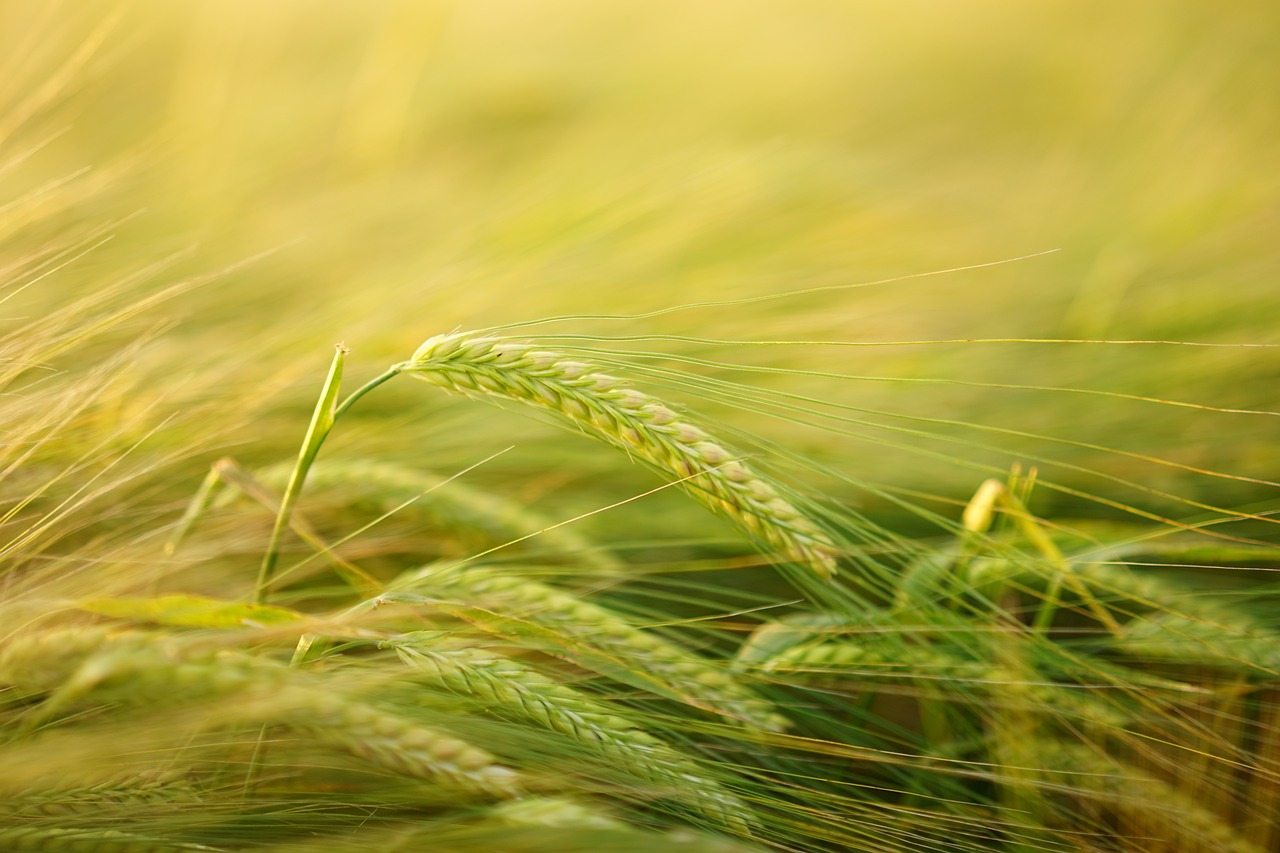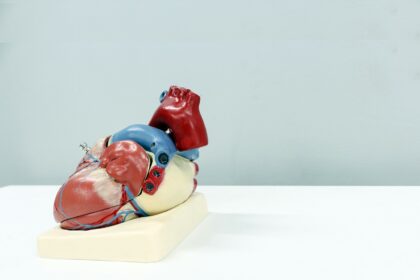Iron, magnesium, and selenium are among the minerals and B vitamins (thiamin, riboflavin, niacin, and folate) that are abundant in grains. Consuming whole grains as part of a balanced diet lowers the chance of developing certain chronic illnesses. The USDA suggests eating whole grains for half of the daily caloric intake.
The complete grain kernel is present in whole grains, which have not been processed. Milling produces a finer texture, but it also eliminates fibre, iron, and B vitamins. Brown rice, oats, whole cornmeal, and whole-wheat flour are a few types of whole grains.
Whole-wheat toast or bagel for breakfast, whole-grain sandwich for lunch, or whole-wheat spaghetti for dinner are some suggestions for incorporating whole grains into a healthy eating routine.
What Is the Recommended Amount of Grains Per Serving?
Daily Recommendation
Age No. of servings*
Children 2–3 years 3 ounce equivalents
Children 4–8 years 5 ounce equivalents
Girls 9–18 years 5–6 ounce equivalents
Boys 9–18 years 6–8 ounce equivalents
Women 19–50 years 6 ounce equivalents
Women 51+ years 5 ounce equivalents
Men 19–30 years 8 ounce equivalents
Men 31–50 years 7 ounce equivalents
Men 51+ years 6 ounce equivalents
Crucial Elements in Grains
The health of your heart and digestive system can benefit from eating whole grains. Among the nutrients found in whole grains are:
Fibre: When incorporated into a healthy dietary pattern, whole grains may lower the risk of constipation and coronary heart disease. Additionally, eating meals high in fibre makes you feel full, which may aid in maintaining a healthy weight.
Minerals: Iron helps the blood deliver oxygen. Magnesium is a mineral that helps muscles release energy and builds bones. An immune system in good health requires selenium.
B vitamins: The body uses the B vitamins to break down protein, lipids, and carbs into energy.
Phytochemicals: These nutrients are found in plants naturally and are being researched for potential disease-prevention properties.












